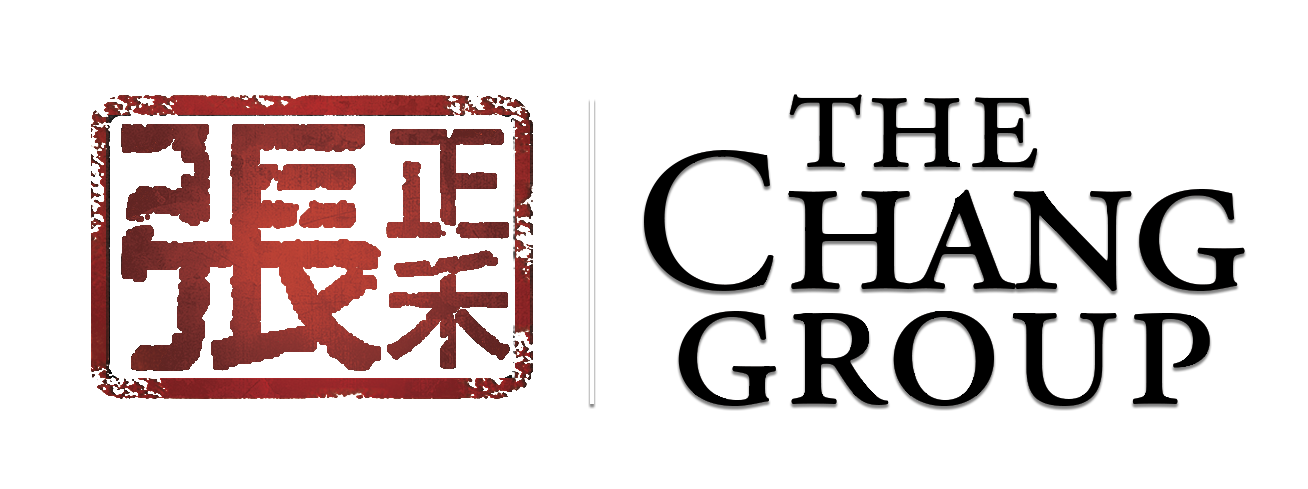Is it Favorable to Buy a Home Amidst Rising Mortgage Rates?
Right now, the 10-year treasury bond is jumping up. With the rise in the 10-year bump, consumers will most likely see another rise in mortgage rates. That is because most loans are sold on the secondary market and they share the same demographic as the investors who buy bonds. So, when one goes up, lenders have to increase interest rates so they can sell the loan to investors who are willing to take on a bit more risk. Interest rates on a 30-year fixed rate mortgage are around 4.625%, which is still relatively low on an historic scale.
In our most recent cycle, we hit 3.31% interest in 2012 and things have steadily started to climb since then. The 5.21% peak in the 2010s was reached in 2010 while interest rates were still falling. If you pan out from our limited scope of the last few years—as outlined in the chart above—it becomes evident that interest rates are still much lower than they have been historically. Can you imagine trying to buy a home when the interest rate was a staggering 18.83% in 1981? Rates are higher now than they have been in the last few years but we unlikely to fall down to those low rates again (and if for some reason they do, refinancing is always an option).
Another common question many buyers are asking is how to compare rising interest rates versus home prices. Based upon a 20% down payment, every 0.5% rise in interest rates reduces buying power by 4-to-5%. So, home prices would need to drop by that 4-to5% in order to make up the difference of a half point interest rate hike. Since we know that interest rates are going to rise, how confident are you that home prices will fall at that same percentage, provided they fall at all?
Given all the potential scenarios, it is most likely still the best option to purchase now. If you would like to talk about all the different factors impacting your decision, give me a call—I would love to have this conversation in great detail!


